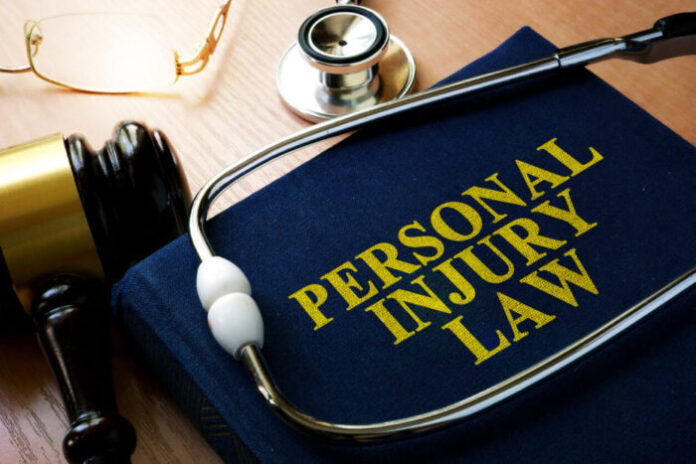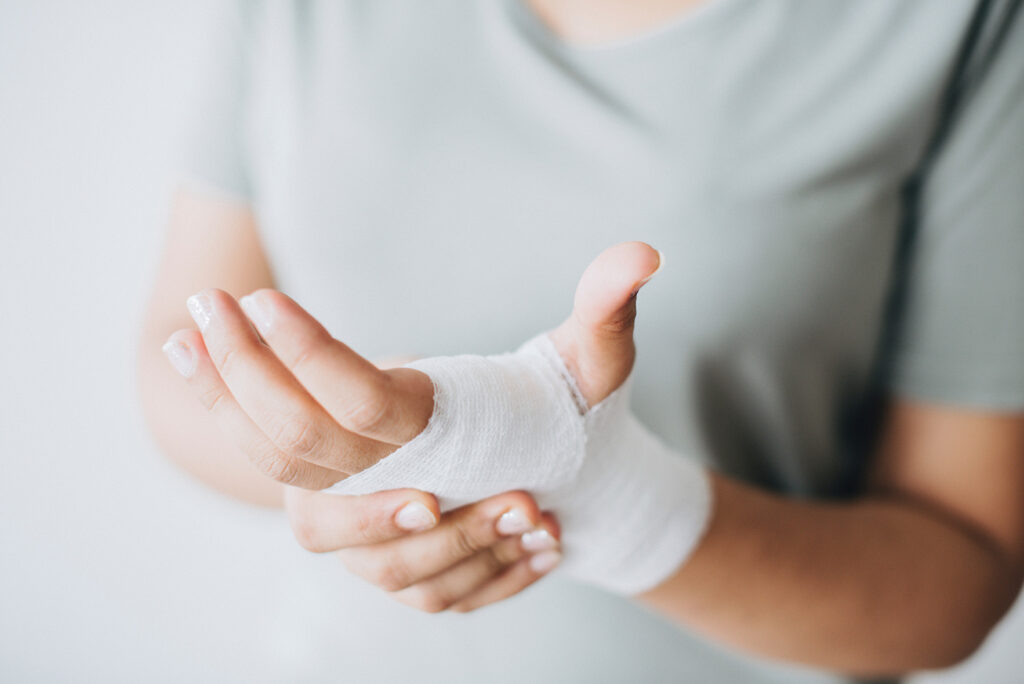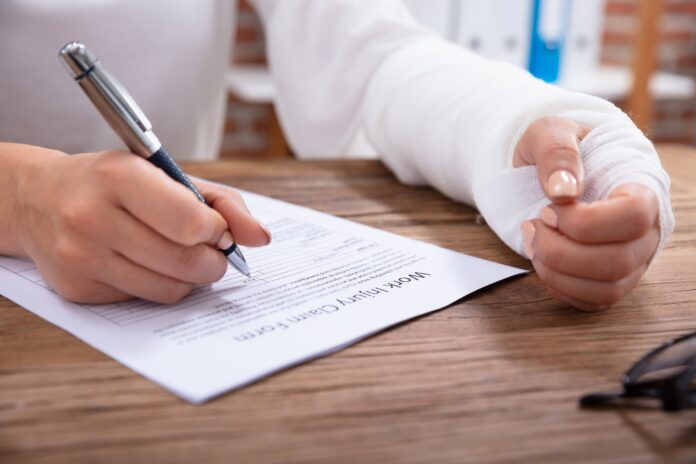Accidents can result in significant personal injuries that create many expenses for the victim and that can cause extreme financial hardship for the victim and his family. It seems unfair that a victim has to suffer the physical and financial consequences of an accident in which they did not commit any fault. Accordingly, the law allows personal injury victims to file lawsuits against the person(s) responsible for their injuries.
All jurisdictions in the United States allow plaintiffs with valid cases to go to state courts to recover damages. Although each jurisdiction may differ in the dollar amount to be delivered in individual cases, there are some common types of damages that are allowed in most jurisdictions.
The intention is that personal injury damages restore a person to the economic position they were in before the accident occurred. Although a lawsuit cannot erase the physical pain and emotional suffering of an injured victim, or their survivors, a lawsuit can alleviate the financial suffering that the victim and his family may incur.

Stages of lawsuit
Litigators in accident cases that result in personal injury must understand the different stages of the lawsuit. Each stage is important in determining whether or not a defendant is responsible for the victim’s injuries. Experienced attornies in that fild, like TheLawCenter, will represent each party at every stage of the case and will be available to answer any of your questions or to clear up your concerns.
Before filing a lawsuit, the plaintiff’s attorney must meet with the plaintiff. The purpose of the meeting and the attorney’s request for documentation is to determine if the plaintiff does indeed have a reason to sue under state law regarding the injuries that result in the lawsuit. If it turns out that the plaintiff has a reason to sue under state law, your attorney will file a lawsuit and they will follow the other stages of the personal injury lawsuit unless a settlement is reached in the case. The specific stages of it include:
Claim Brief: A personal injury lawsuit begins when the plaintiff files a brief with the court. The claim brief explains why the defendant is being sued and what remedy or damages are sought. The defendant then has the opportunity to answer the complaint with an appropriate defense, called an answer, in which the defendant admits or denies each of the allegations set forth in the plaintiff’s complaint. A defendant can also file a counterclaim and seek compensation from the plaintiff if they believe they were damaged by the accident. For its part, the plaintiff can answer the counterclaim.
Investigation: After the initial briefs have taken place, the parties proceed to an investigation, which is the formal process by which the plaintiff gathers information to prove his case and the defendant gathers information to defend himself. The investigation process may include interrogations, depositions, requests for admission, and requests for documents.

Pre-trial motions: Pre-trial motions include motion in limine in which a party requests that certain evidence be excluded from the trial, summary judgment motions in which a party asks the court to rule in their favor because there is no substantial controversial facts in the case and motions to dismiss the case because the counterparty has not alleged an action that makes it the holder of a legal remedy.
Talks to reach an agreement: The talks to reach an agreement can take place at any time before the jury reaches a verdict. Once an agreement is reached, the case is closed. Many jurisdictions require negotiations to reach an agreement before the trial begins.
Trial: During the trial, both parties present their evidence. The plaintiff tries to prove that the defendant committed each of the elements that give rise to the action and that, consequently, he is entitled to compensation. The defendant presents evidence to defend himself against the plaintiff’s allegations and avoid paying compensation.
Verdict: At the end of the trial, the jury or judge, in the case of a trial without a jury, will issue a verdict to determine whether the defendant is liable and, in that case, how much he owes in damages.
Appeals: Each party can appeal a decision if it considers that it was legally incorrect.

Possible damages
They may include:
Compensation for medical expenses – This may include past, present and future medical expenses and rehabilitation costs related to your injuries. You may present evidence of bills already received and estimates by doctors and therapists about your future medical needs.
Compensation for factual expenses incurred as a result of an accident: your injuries may render you unable to care for your minor children, elderly relatives, may prevent you from cleaning your home, cooking your food or anything else. Hiring people to take on those responsibilities on your behalf can be very costly, and you may be entitled to compensation for these expenses if you are successful in a personal injury lawsuit. Similarly, if the victim of personal injury dies as a result of such injury sustained in an accident, then the family may be entitled to compensation for the costs of the funeral.
Compensation for loss of earnings: If, as a result of an accident, you have become incapable of work, for a short or long period of time, or have lost your job as a result, then you are entitled to compensation for losing your earnings. Compensation is also possible if you are financially dependent on a family member who has died or become disabled as a result of injuries.
Compensation for pain and suffering: All victims of personal injury or in the event of death, their heirs are entitled to money as compensation for pain and suffering. Also, marital partners are entitled to demages if there is a loss of the marital consortium as a result of the accident.
Punitive damages: In extraordinary and extreme cases of negligence, some jurisdictions may allow the court to award punitive damages to the plaintiff that are not to compensate the plaintiff, but rather are designed to punish the defendant.

Conclusion:
The law recognizes that there is no way to undo all the harmful effects, but it may be important to a victim’s emotional, physical and financial recovery to provide them with some form of reparation to help them recover from the consequences of their accident.









